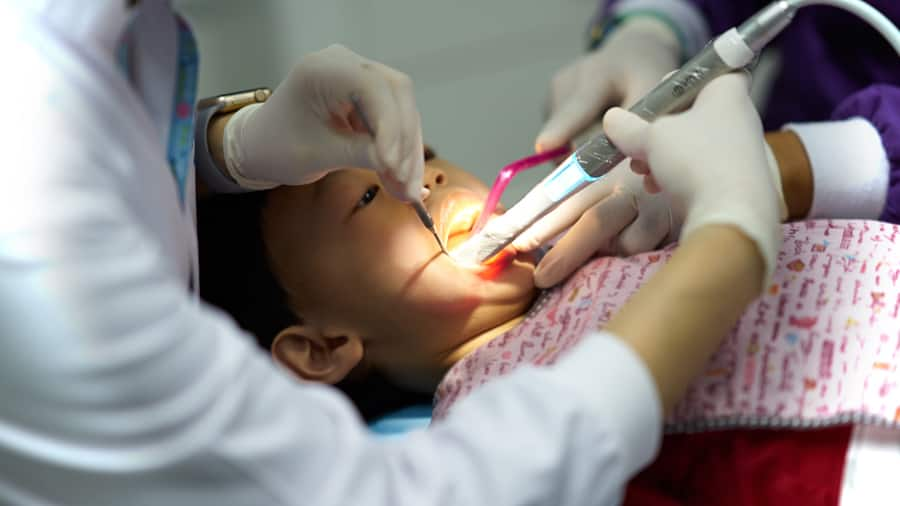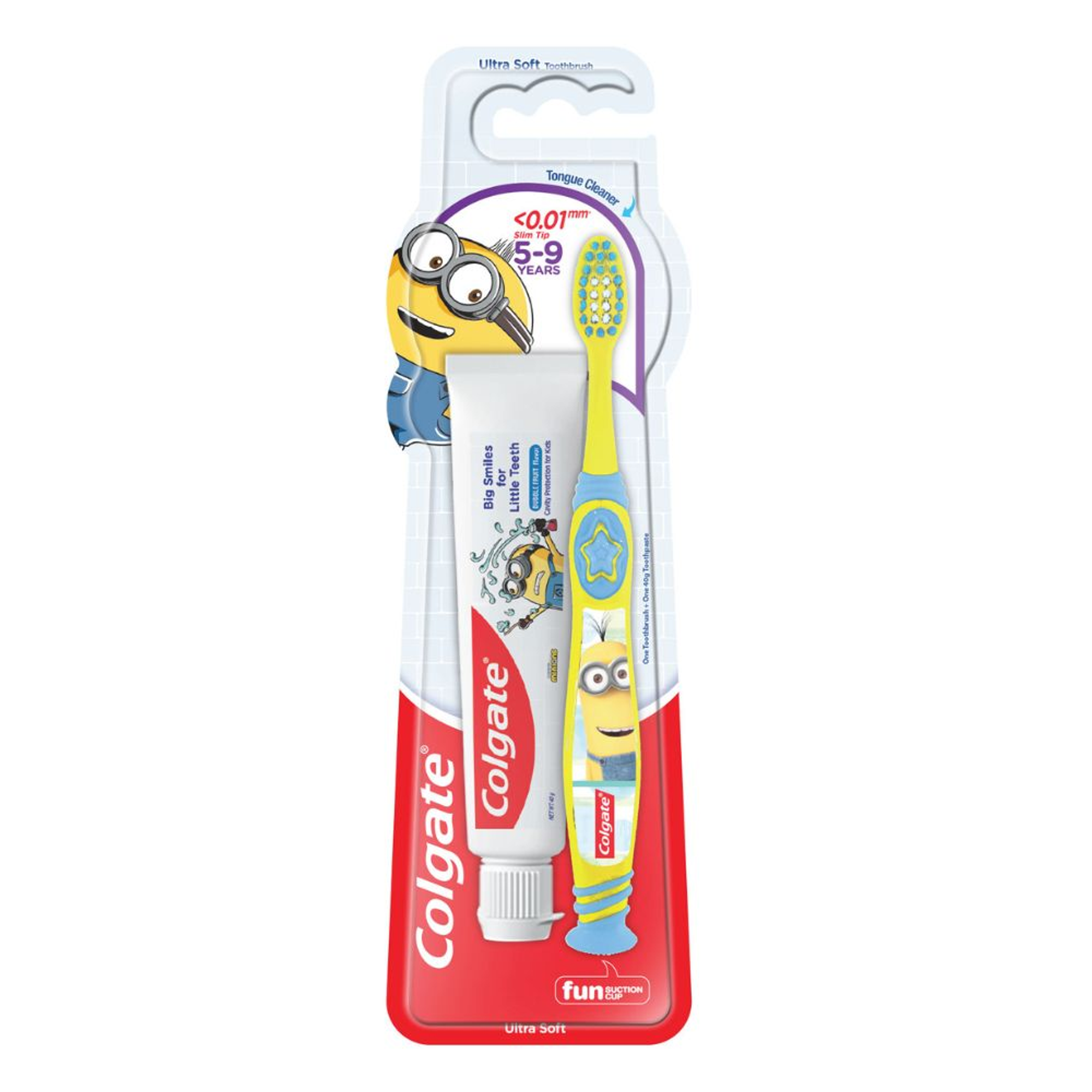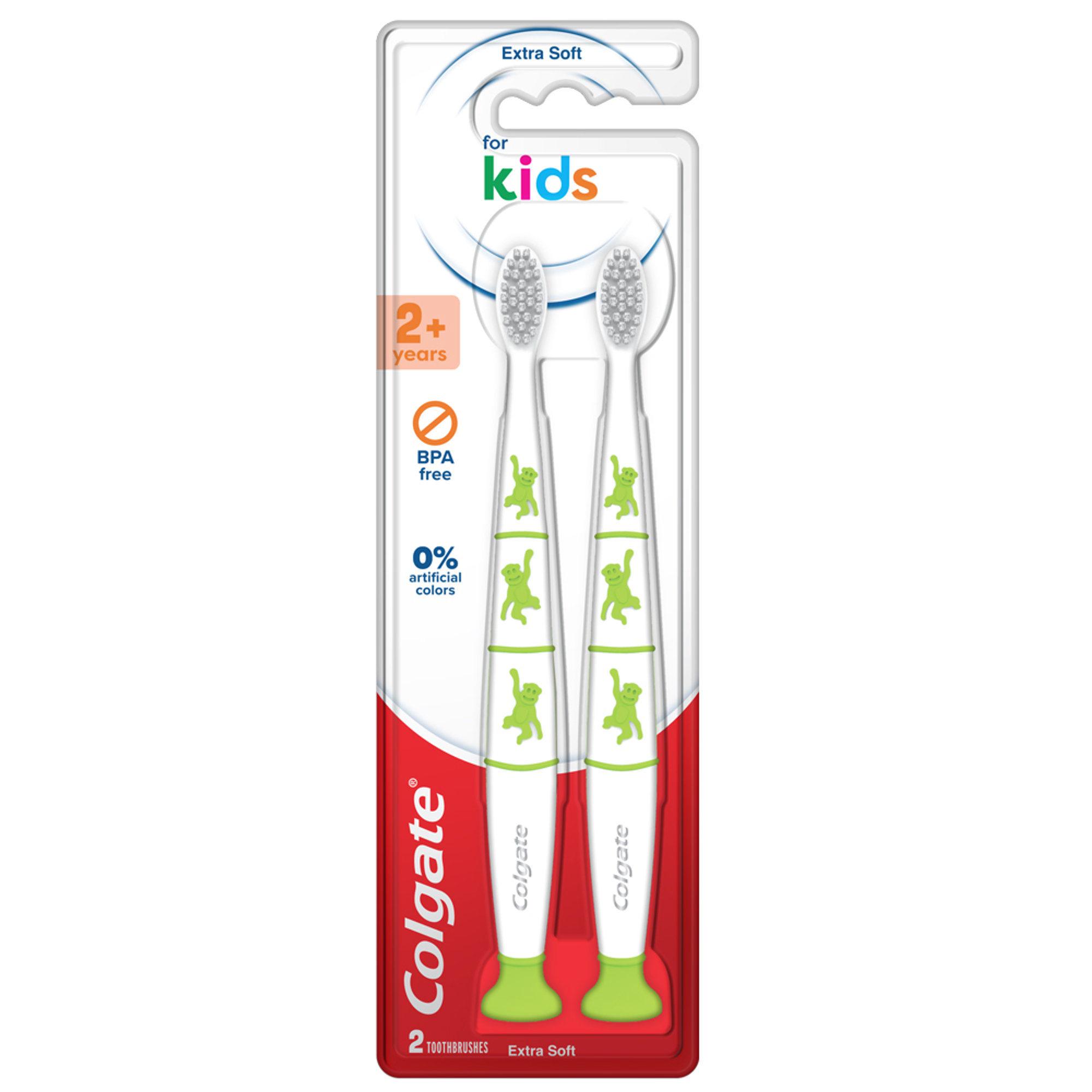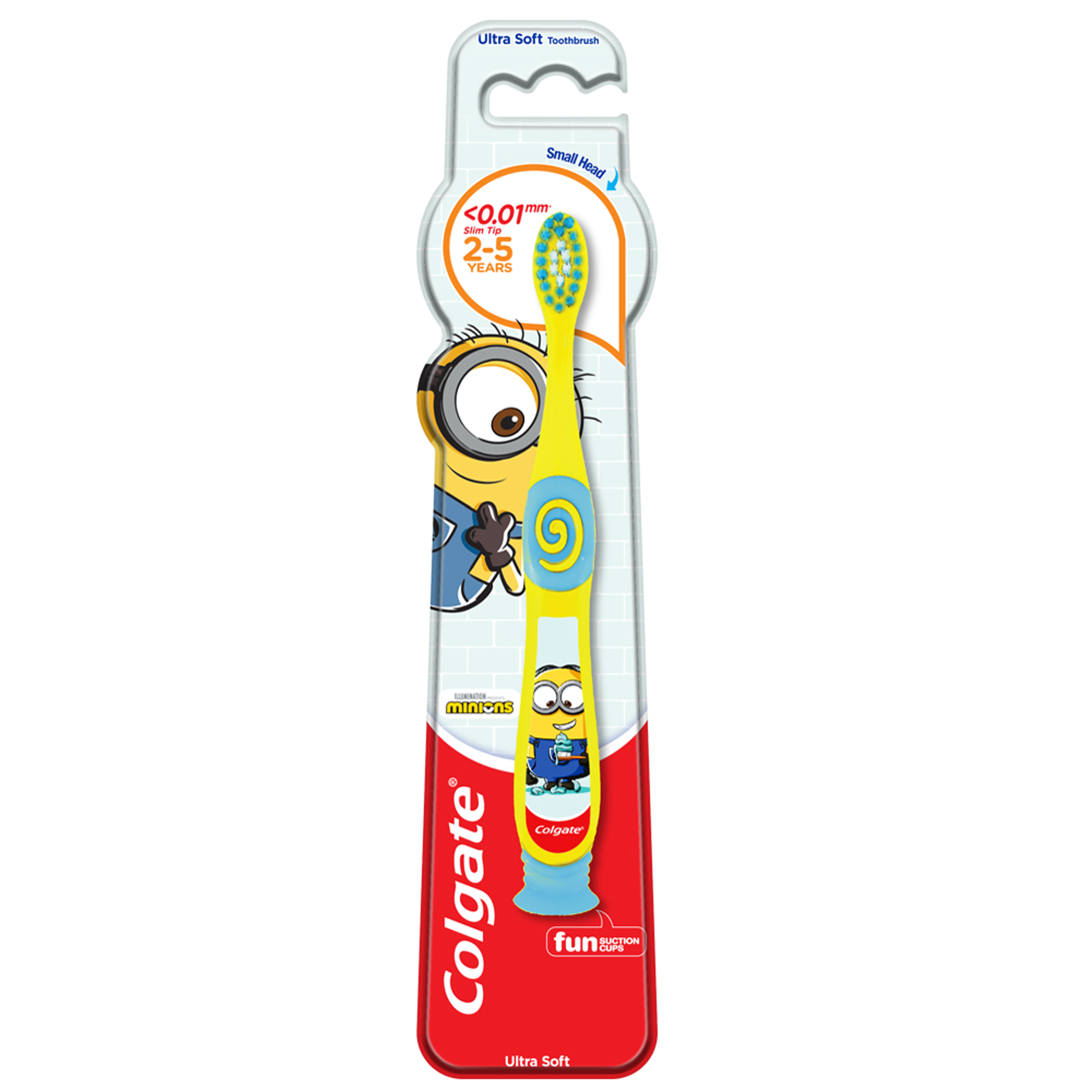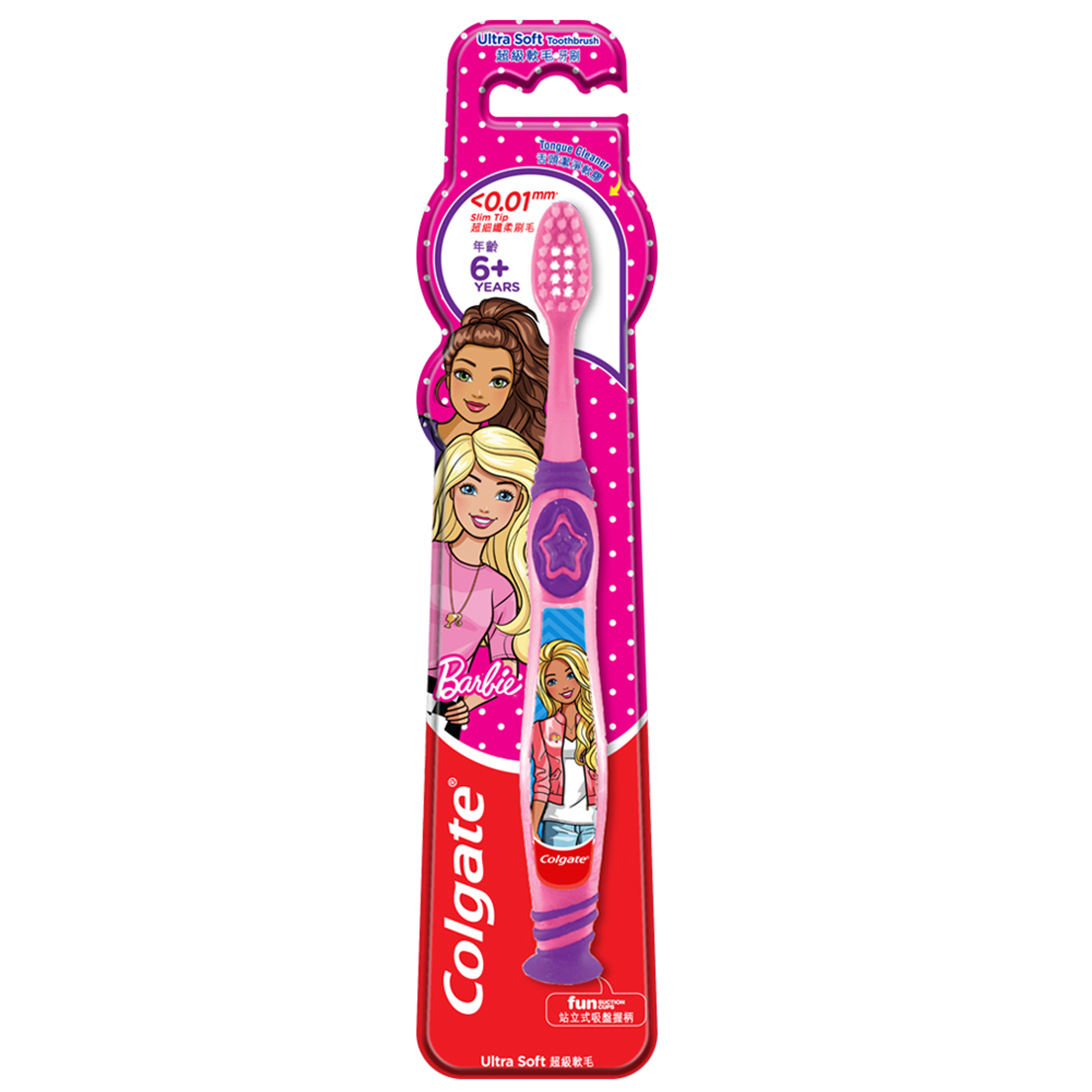Preparing Your Child
A first filling is a big step for everyone, but when talking about it to your child, the lesser fuss, the better. Keep the conversation simple and positive, avoiding words that can be scary for your child, such as "needle," "drill" or "sharp." Save the details for your paediatric dentist to explain, as they have gone through specialised training in talking your child through each part of the procedure.
Because anaesthesia relaxes the muscles that keep food and acid in your stomach and out of your lungs, the Academy of Medicine Singapore recommends six hours of fasting before the procedure for light meals and eight hours of fasting for heavier meals. And make sure they brush their teeth prior to treatment to remove leftover food before the dental filling.Use toothpaste that protects against cavities.
Anaesthesia
Topical and local anaesthesia are most commonly used for paediatric fillings. Your paediatric dentist may also use nitrous oxide/oxygen to help calm your child and cut down on the discomfort of a gag reflex. General anaesthesia may be used for some children with special needs or extreme anxiety, and should only be administered by trained staff in the dental office.
Regardless of the procedure, the American Dental Association (ADA) recommends asking certain questions when it comes to any level of anaesthesia:
- Who will provide the preoperative evaluation of my child, including their past medical history such as allergies or current prescriptions?
- What training and certification does the administering professional have in providing the level of sedation or anaesthesia planned for the procedure?
- Does the staff assisting in the procedure have current training in emergency resuscitation procedures and other advanced resuscitation courses as recommended by the ADA Guidelines?
What to Expect During Treatment
A typical filling procedure takes about an hour.To alleviate stress, a paediatric dentist will usually opt to segment the work into multiple visits if there are more than one filling or tooth to treat.
During the procedure, the dentist normally uses a "tell-show-do" technique as described in this American Academy of Pediatric Dentistry (AAPD) guide, which demystifies any scary concepts a young patient may worry about. The dentist may even provide short breaks to help keep them calm. Many offices today provide movies and music during the procedure too, to distract kids during treatment.
Caregiving After Treatment
Sensitive teeth after filling work and swelling in the treated area are both normal and common for children of any age; younger children may create more swelling by biting their tongue or lip before the numbness of the anaesthesia wears off. Even so, sensitivity and swelling should last between one to two days at most. Continued swelling can indicate an allergic response to anaesthesia. Continued sensitivity may mean your child needs a bite adjustment.In both cases, you should immediately make a follow-up appointment with your paediatric dentist.
After treatment, the best care for your child is to:
- closely monitor for continued swelling or sensitivity for two days
- limit your child's diet to soft foods for one to two days until sensitivity and swelling decrease
- limit the use of straws and sippy cups the first few days as the sucking action can prolong sensitivity
- use a cold compress on the area for 15 minutes on and off
- administer paracetamol for children as prescribed
- avoid heavy activity on the day of and after the dental filling
- consider sealant treatment to cut down on future cavities and filling work.
Caring for a child with sensitive teeth after filling treatments can be hard. Knowing what to expect during the procedure and tracking the recovery timeline after it's over makes the process easier.More importantly, kids who grow up enjoying their regular dental visits are more likely to continue taking good care of their teeth as adults.





